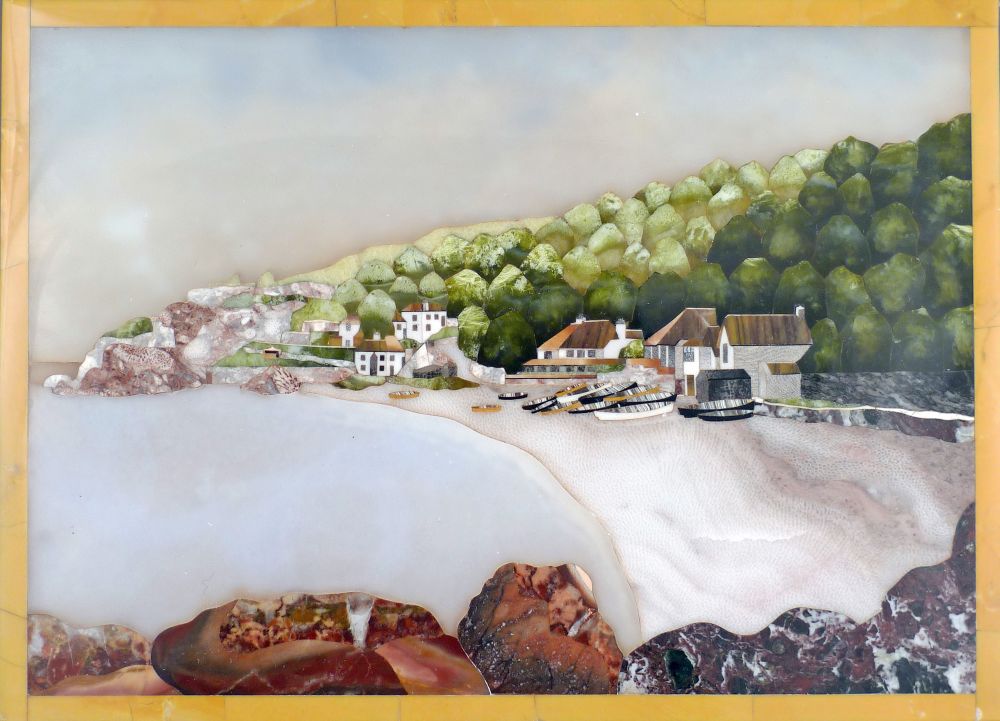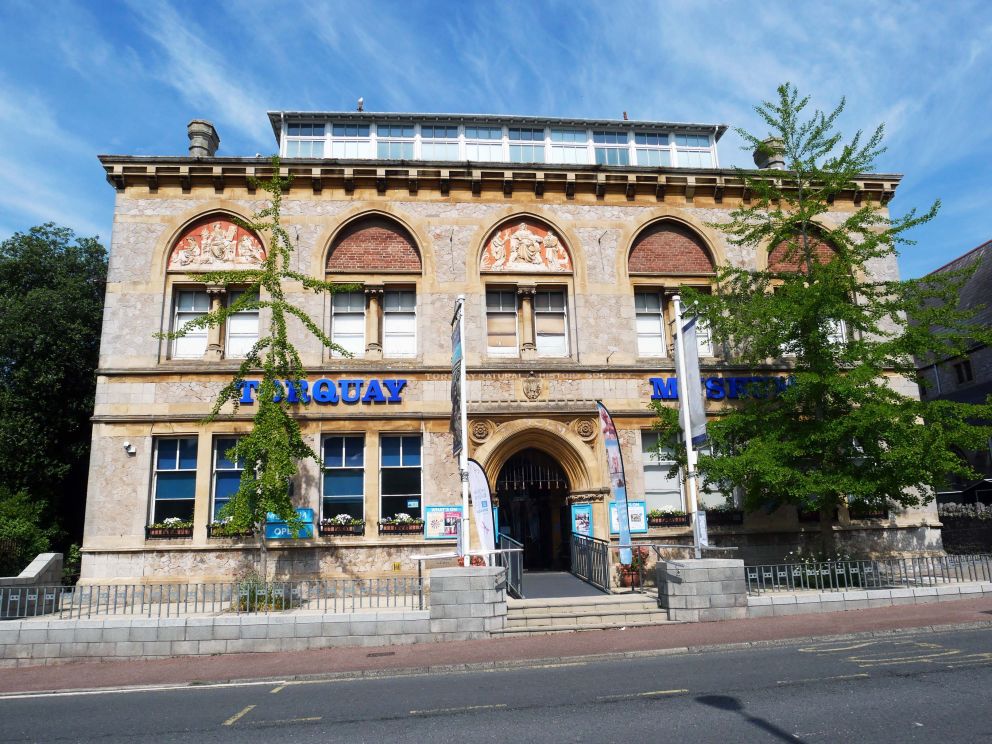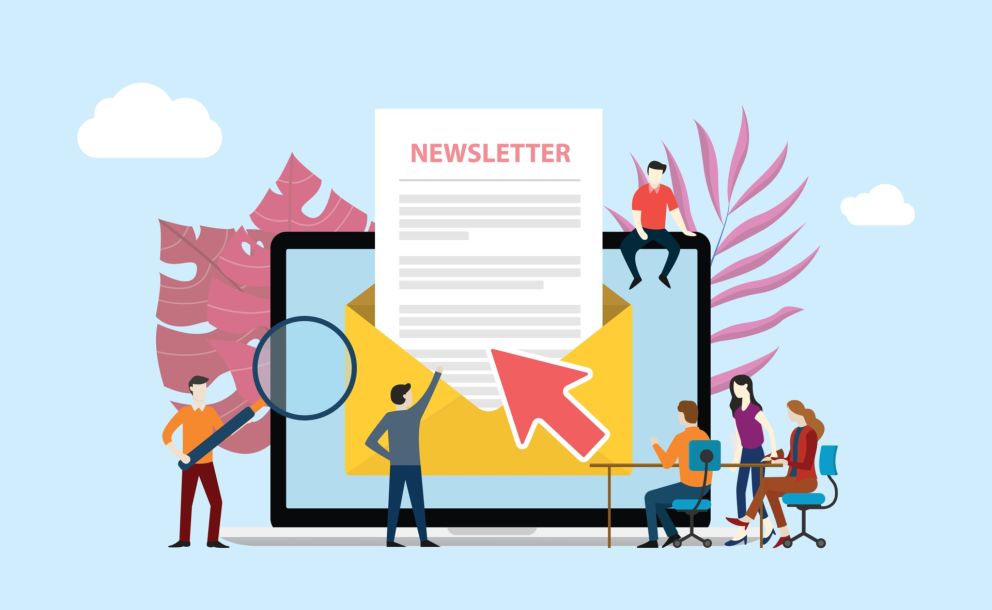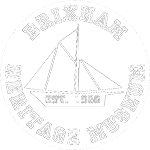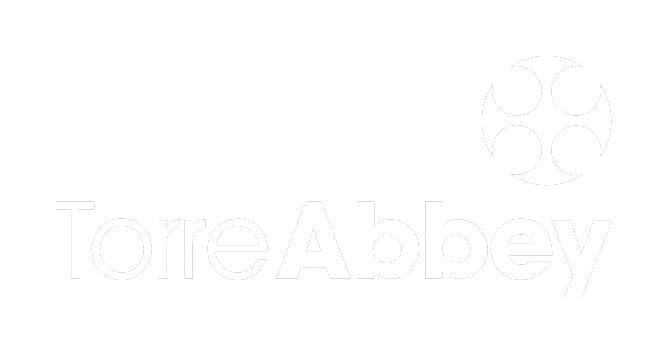Adopt an Object
The Museum’s remit is to collect and preserve the natural and human heritage of Torbay. Our core funding has been static for many years but our costs continue to rise and looking after and engaging people with the 400 million years of Torbay’s extraordinary past is becoming more and more of a challenge. Our insurance bill for one year alone is £12,000! One way to support the Museum is to adopt an object for a year.
No matter what your interests there is something for you to adopt for yourself or give as a gift for a loved one. The adoption costs £50 + postage and it will come with a yearly pass to the Museum and our guidebook so you can visit your object or see our temporary exhibitions anytime you wish. We will also put a label with your name next to your chosen object.
We have selected some of the Museum's most treasured objects but if you have a specific object on display in mind, maybe one that means something to you, please get in touch as nearly every object can be adopted.
How to Adopt
Adopting an object is very simple!
1. Email [email protected] to let us know which object you're interested in.
2. After processing your donation of £50, we will send you your annual ticket and a guidebook (or you can collect both at the Museum).
3. We will make a label with your name on it and place it near your chosen object.
4. That's it! You have supported the Museum and adopted an object for a year.
Read More 

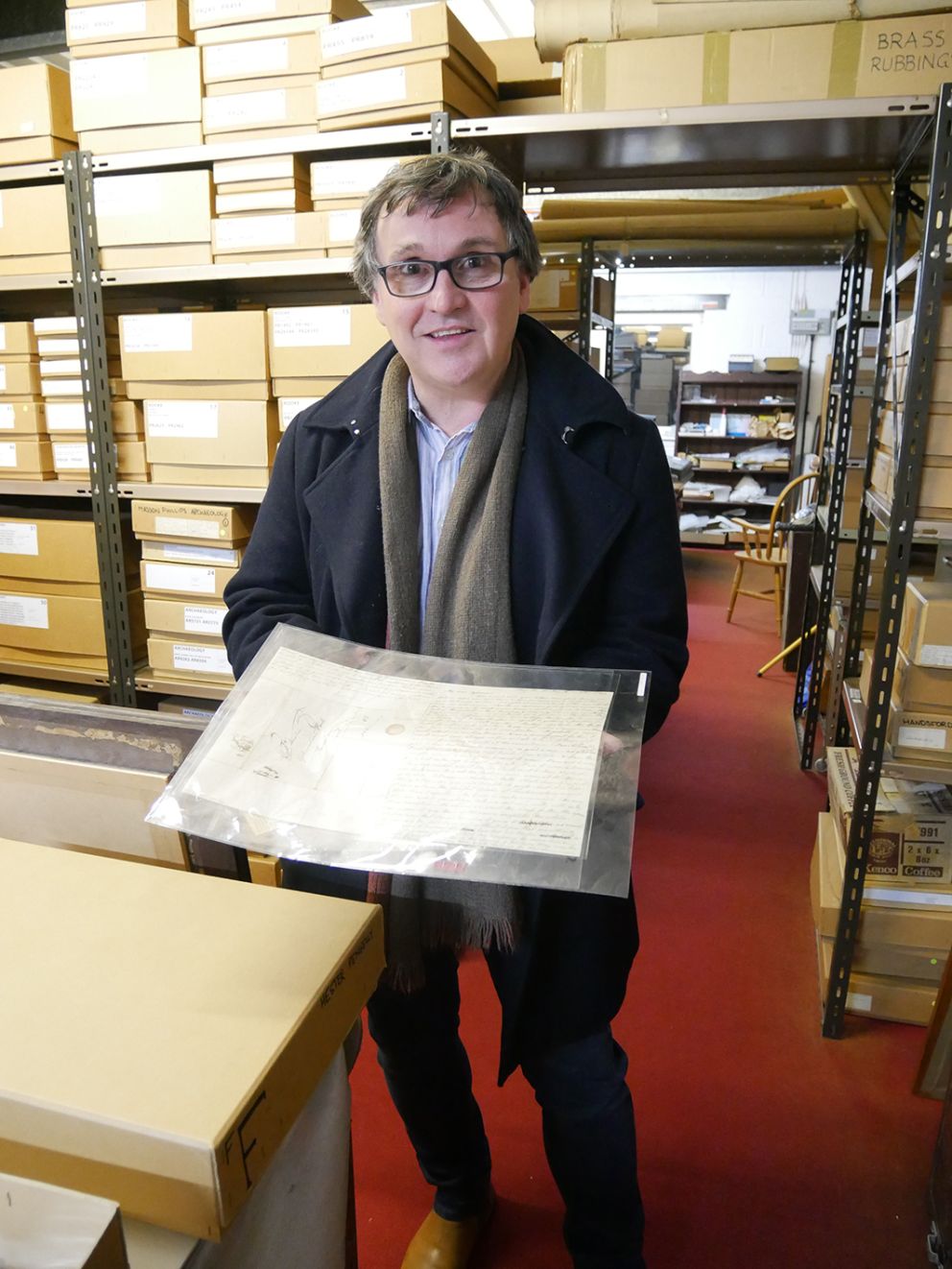
A Selection of Objects for Adoption
Cockington Gold Ring
Objects for adoption can be found in almost all of our galleries starting with the entrance hall which has some amazing treasures in it. For a truly romantic object, you can adopt one of the gold late 16th-century posy rings found at Cockington, believed to have belonged to Wilmotta, the wife of Sir George Cary. The inscription inside reads “no treasure to a true friend”.
Read More 


Waddeton Court Figures of Six Virtues
These figures and 9 others occupied a position on the wall of the dining hall of Waddeton Court, Stoke Gabriel, Devonshire. They represent the three Theological Virtues Faith, Hope and Charity and three of the four Cardinal Virtues Fortitude, Temperance and Prudence. They can be seen in our Entrance Hall.
Read More 

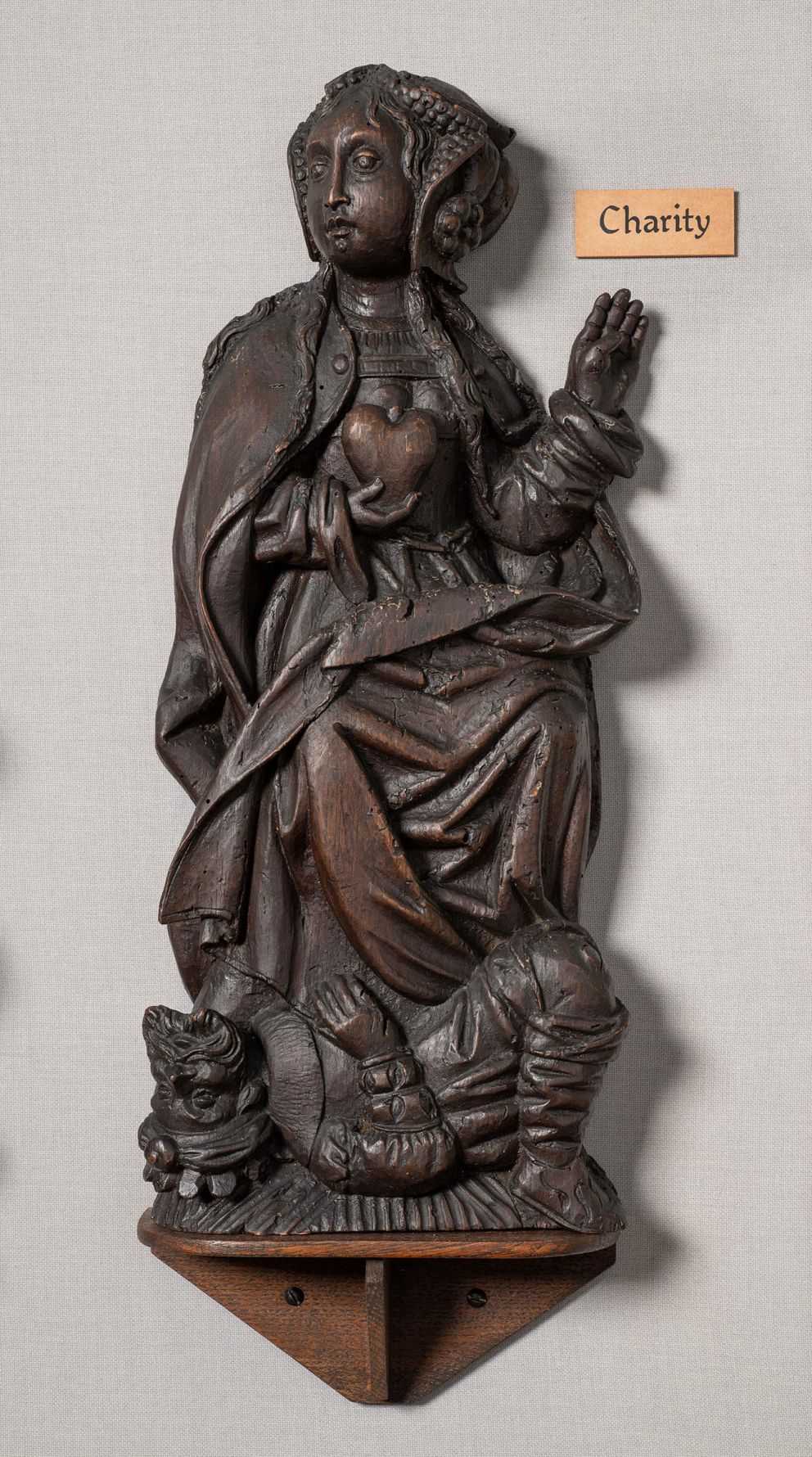
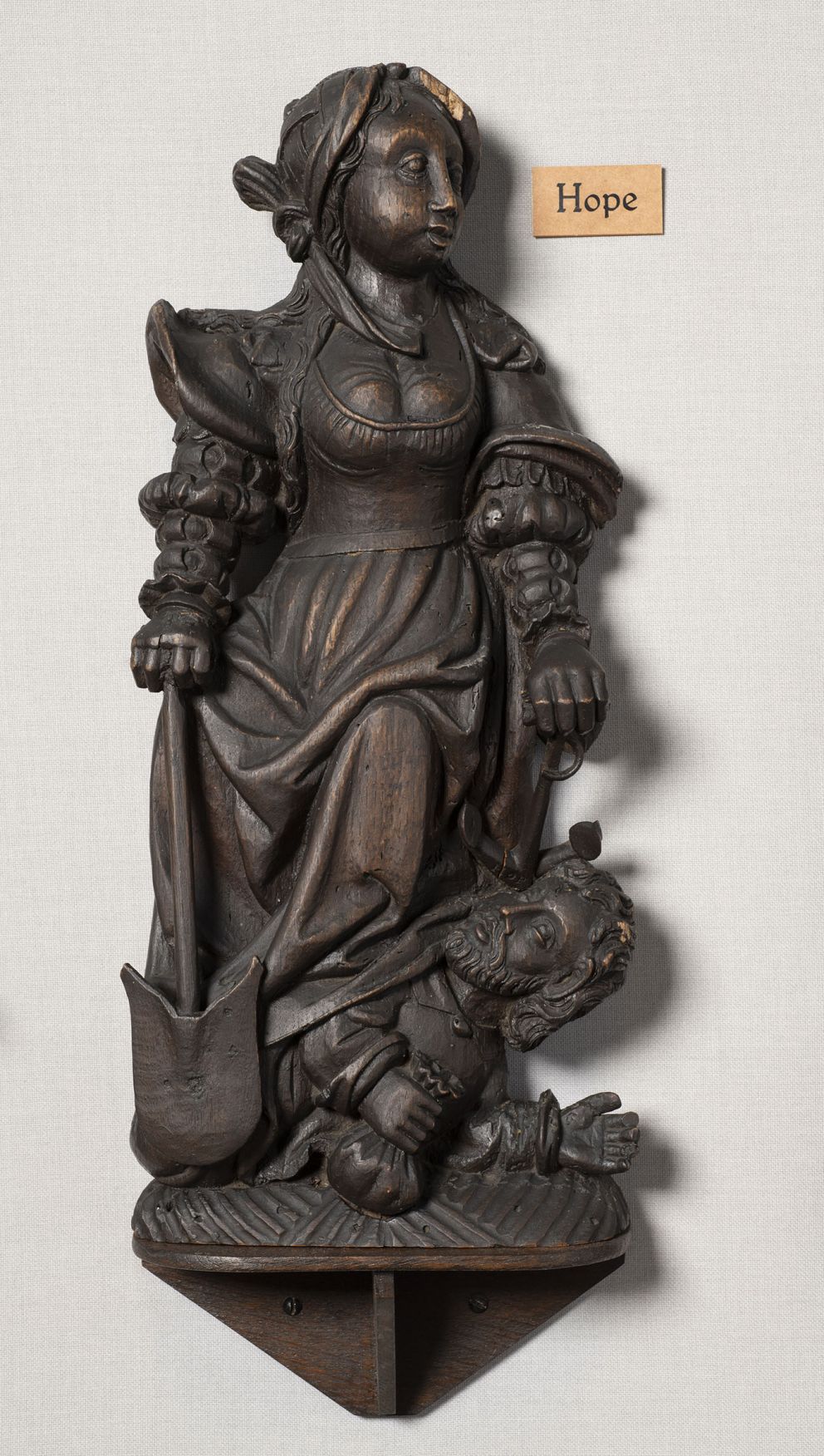
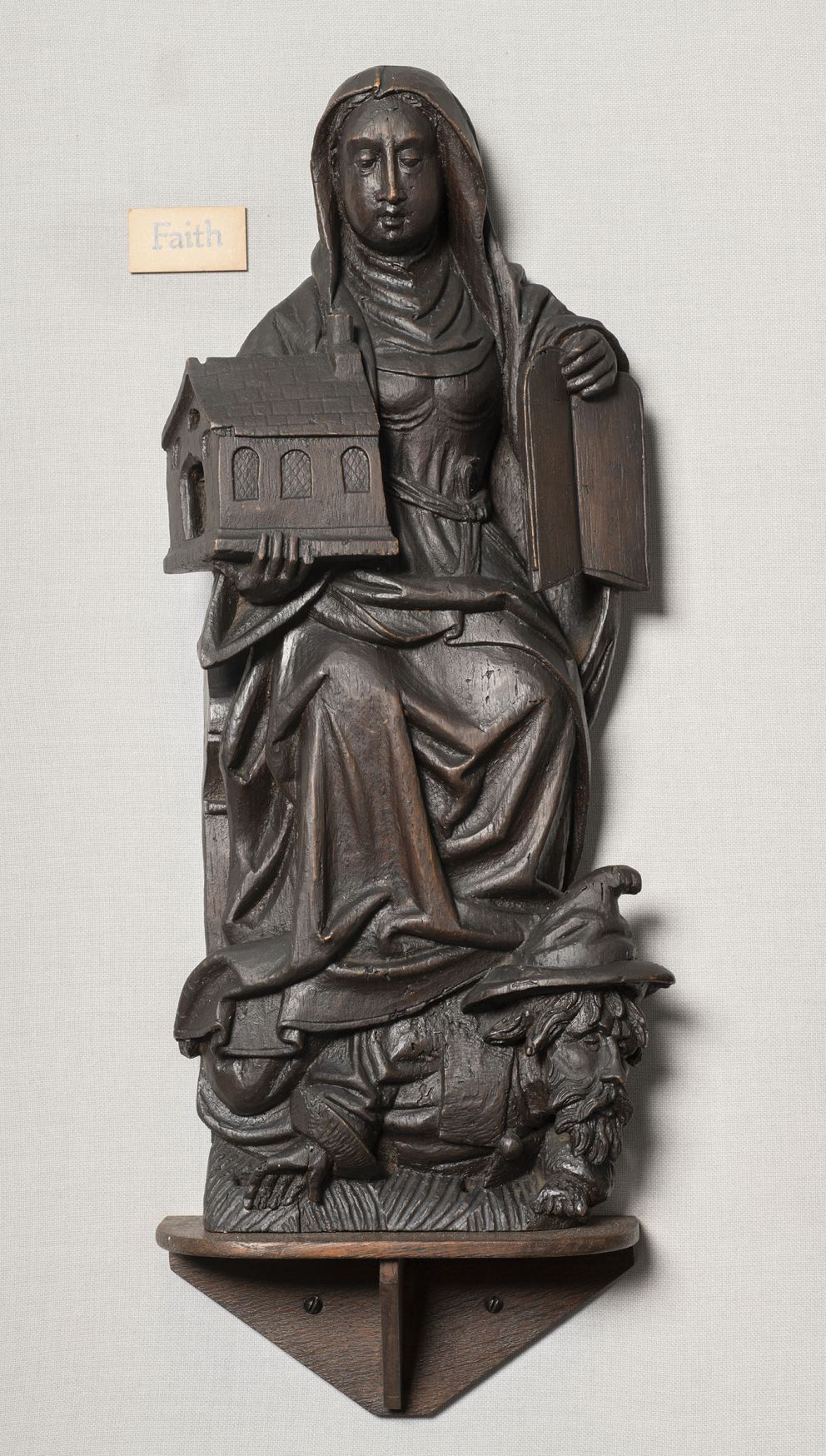
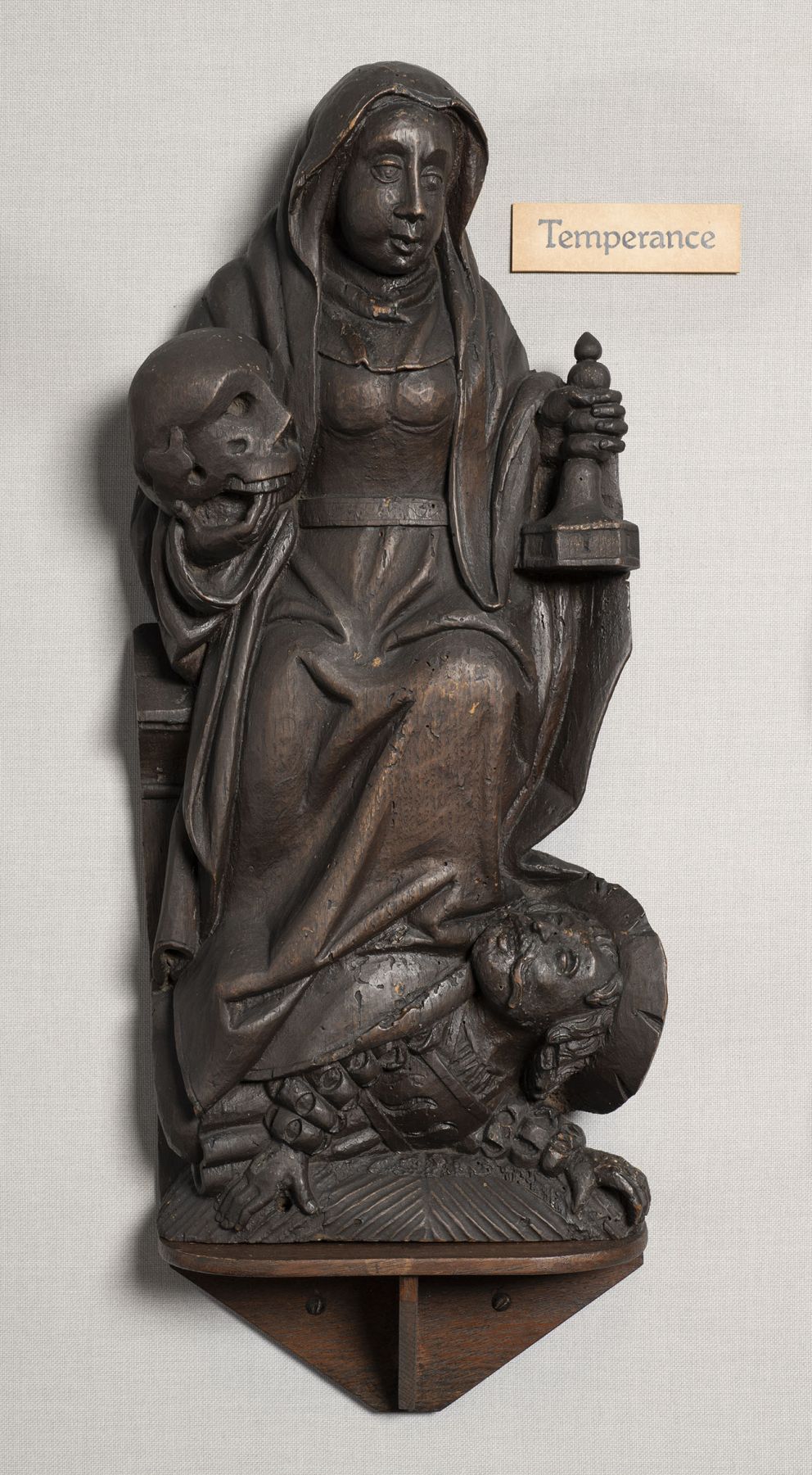

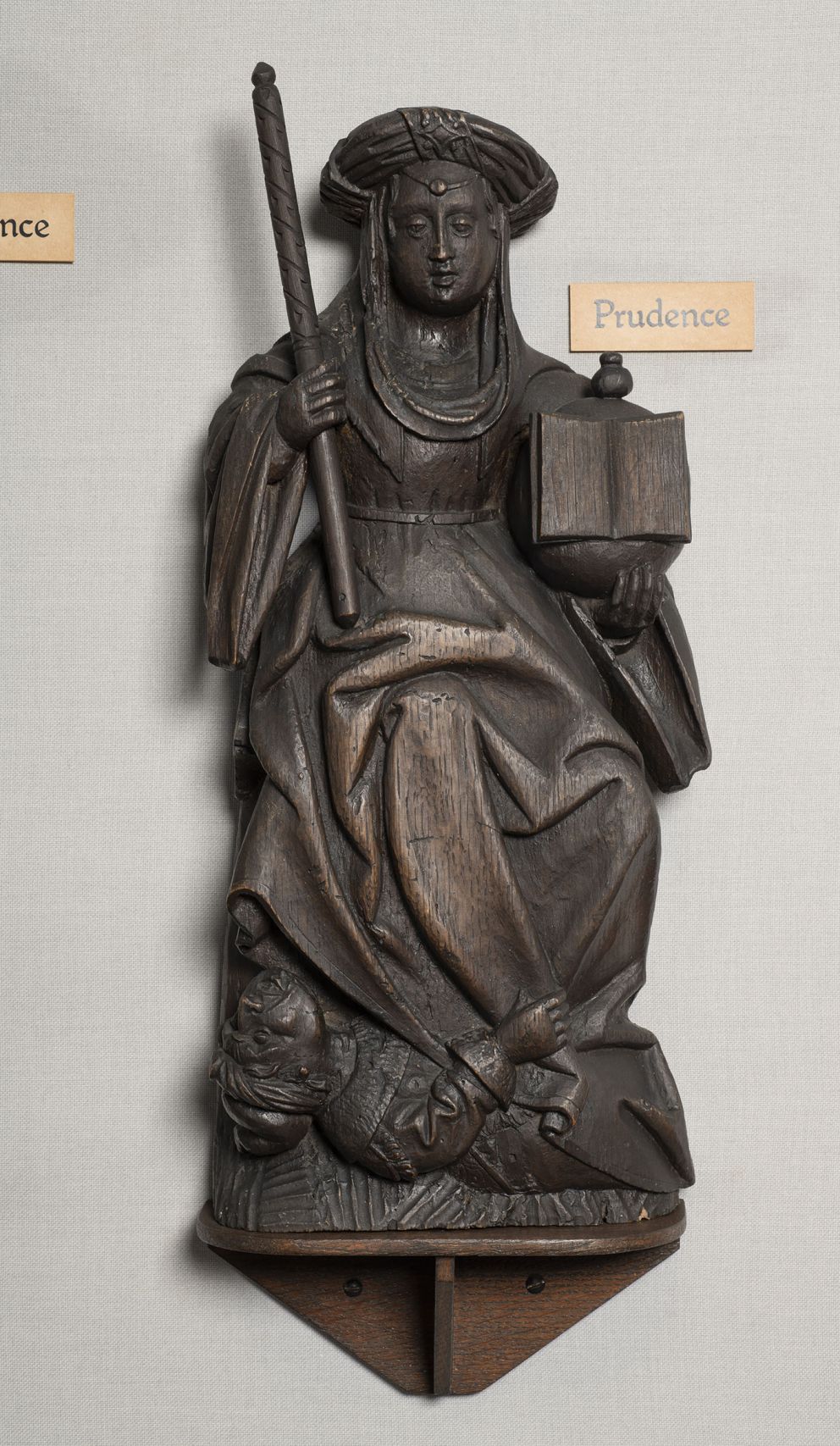
Torquay Marble Plaque of Babbacombe Beach
If the local geology is more of to your interest why not adopt our famous marble plaque of Babbacome Beach, which is also in the entrance hall.
The inlaid marble picture came to the Museum in the 1930s from Mrs. Blackler. Blackler's took over Woodley's Royal Marble works and it is possible this extraordinary item was made there around the middle of the 19th century.
The quality of the marble inlay work is the rival of anything produced in Britain or Italy in that period and it was probably made to show off the skill of the craftsmen working at that time.
These marble pictures may have been the ultimate tourist souvenirs for the super-rich Victorians who visited Torbay.
Read More 


Iron Age Milber Duck
This is one of three Late Iron Age bronze animal figurines discovered during archaeological excavations carried out at Milber Down. The figurines, dated to the first century AD, comprised a recumbent deer, a duck with a disc in its mouth and a bird with hinged legs.
Read More 

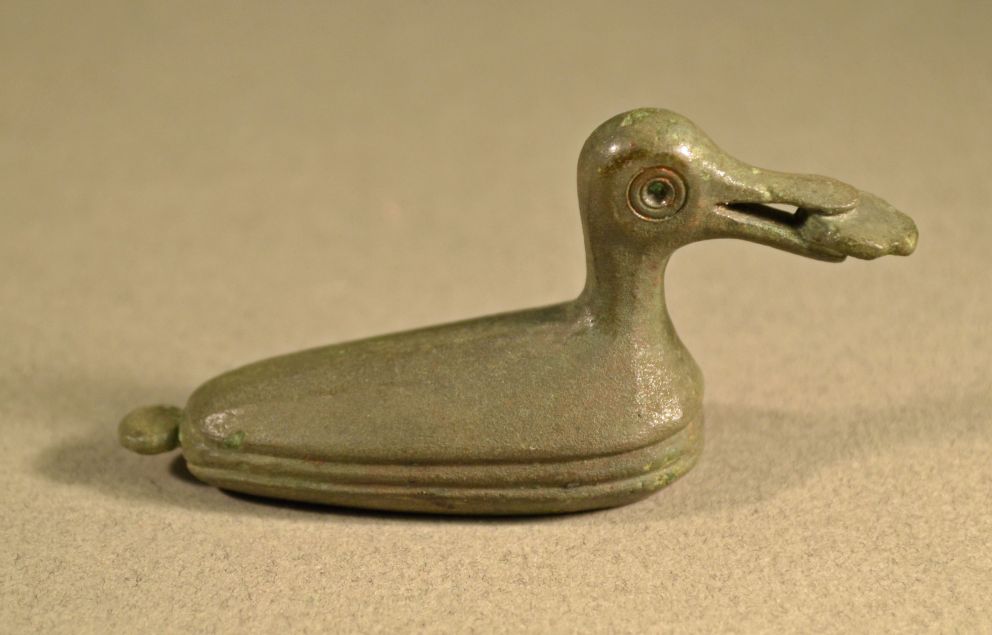
Percy Fawcett's Theodolite Compass
This is part of a theodolite identified by the makers E. R. Watts & Son, as part of an instrument supplied to Fawcett on 13th February 1913. It was discovered by Col. Botelho in 1933, near the camp of the Bacairy natives of Mato Grosso. Could it have been placed in the path of Col. Botelho by Fawcett as a message that his work was done? Or was it lost on a previous expedition in 1920?
Read More 

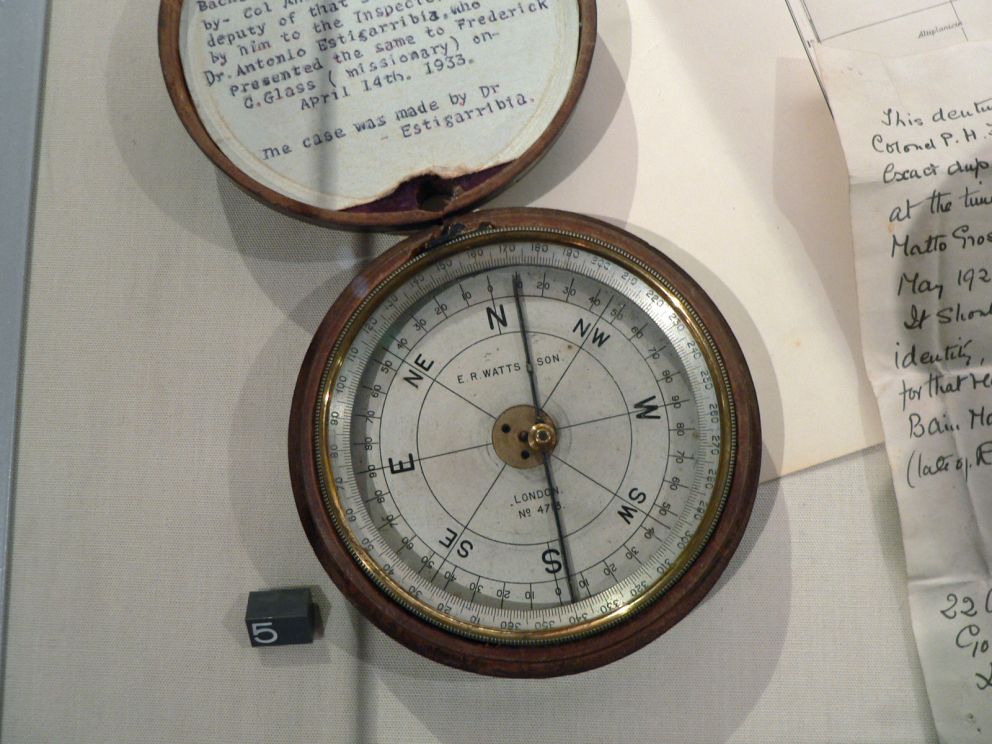
Cave Wolf Skull
This spectacular skull belonged to the now-extinct European cave wolf and was found in Kent’s Cavern. These wolves were a little larger than modern European wolves, an adaptation for hunting the Ice Age mega fauna for which it was in competition with hyenas and humans.
Read More 

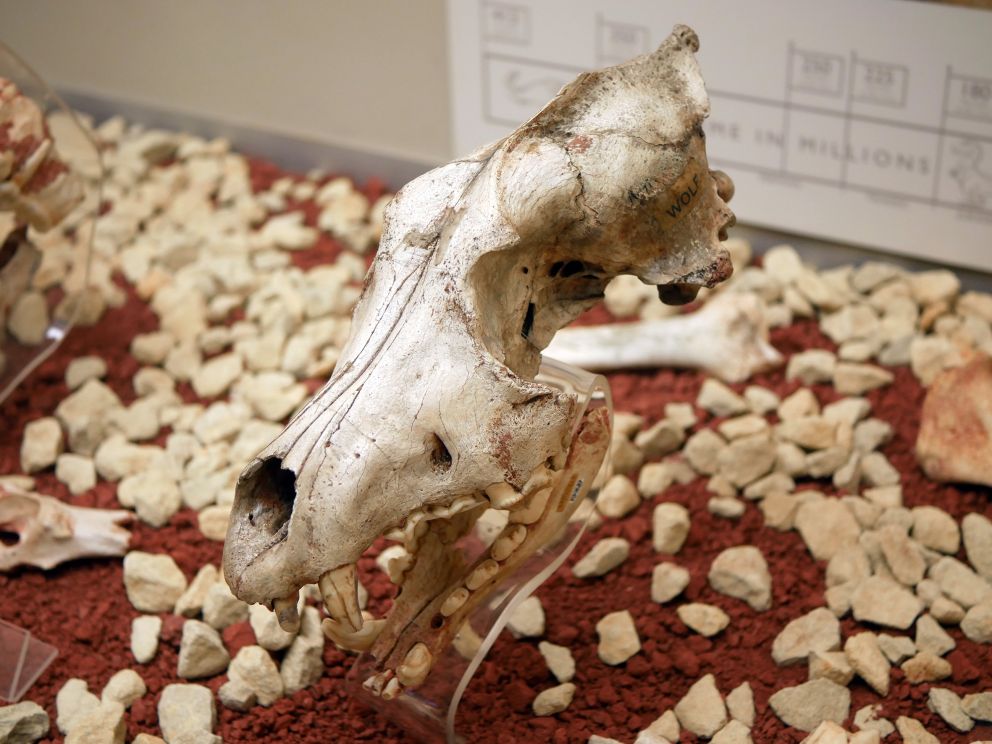
Frank Browning's Adelie Penguin
This very special penguin was sent back to Torquay by one of the crew of Scott’s Terra Nova Expedition (1910-1912), Frank Browning. Browning sent the penguin back in February 1911 as a skin cured with arsenic to a Mr. Binmore of Lyncombe Cottage, Torquay. It is believed that this is the only mounted specimen of an Adélie penguin to have survived from the Terra Nova Expedition.
Read More 

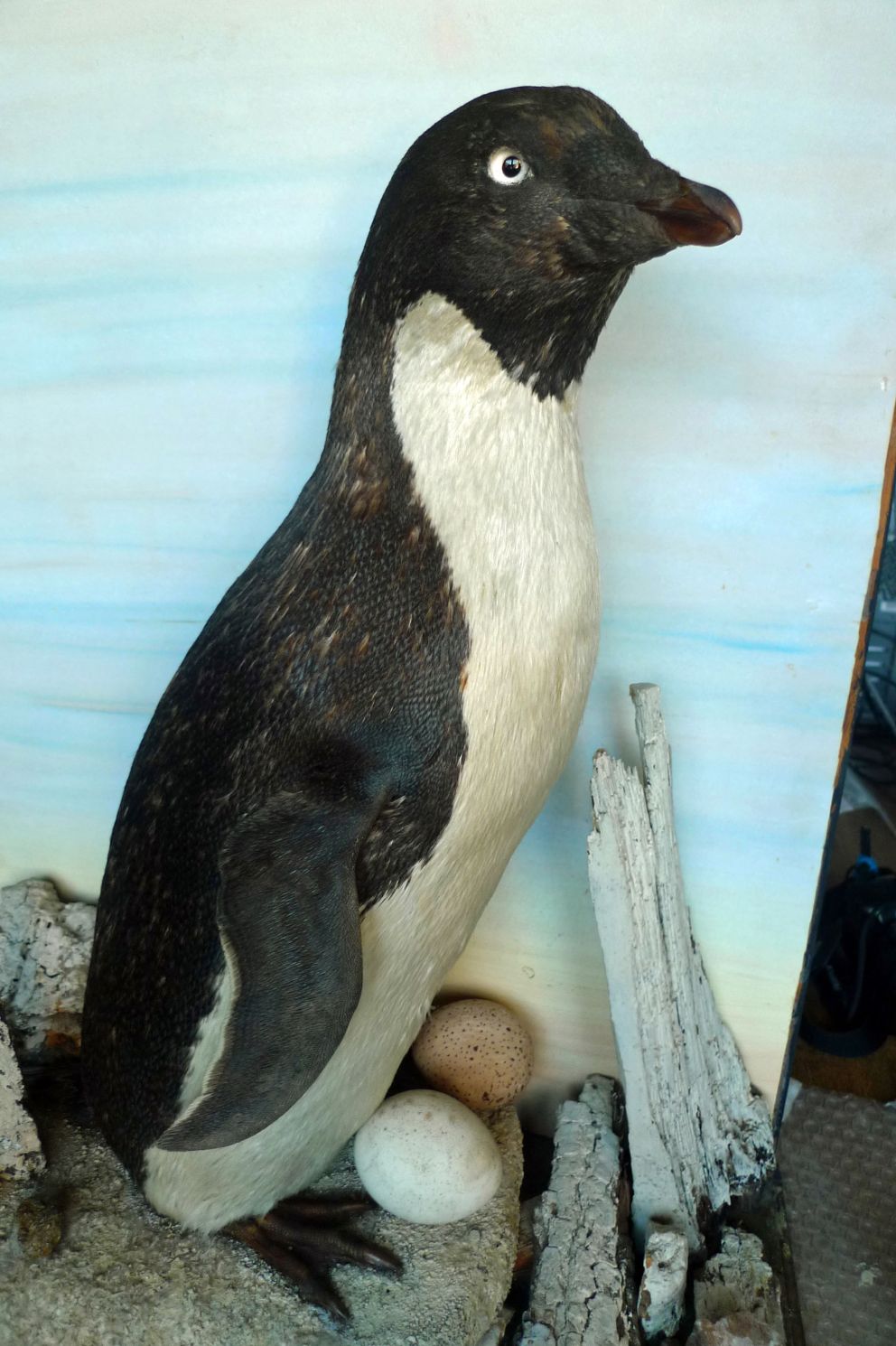
Miss Marple's Costume
This costume was worn by Joan Hickson who portrayed the role of Miss Marple in 12 TV productions (1984 - 1992) for which she received two BAFTA nominations.
Read More 

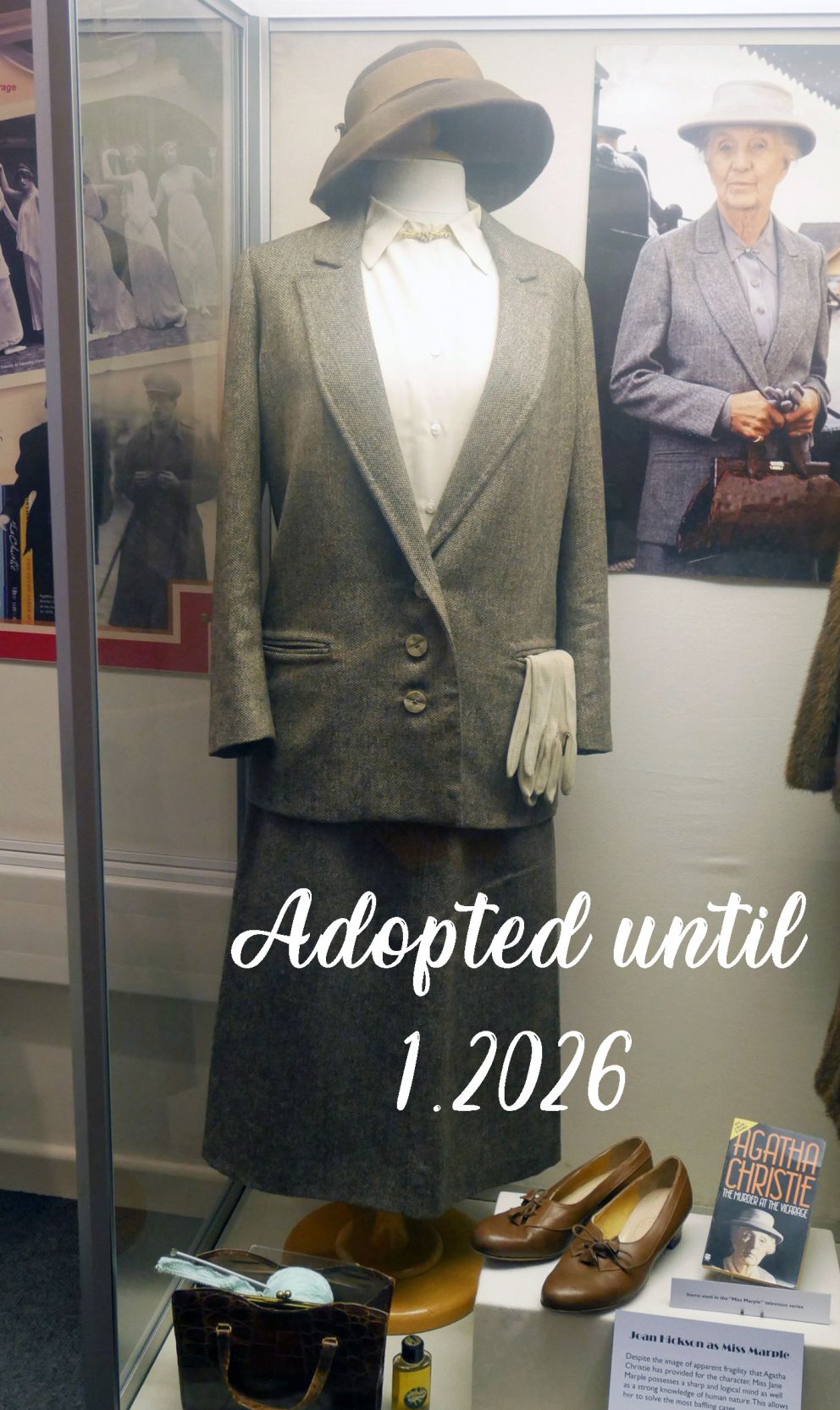
KC4 - Britain's First Modern Human
The Museum’s unparalleled collections from the Ice Age are also there. You can adopt a hyaena skull which is in our Time Art Gallery or our most famous exhibit, KC4 a jawbone fragment of Britain’s first anatomically modern human in our Ancestors Gallery.
Read More 

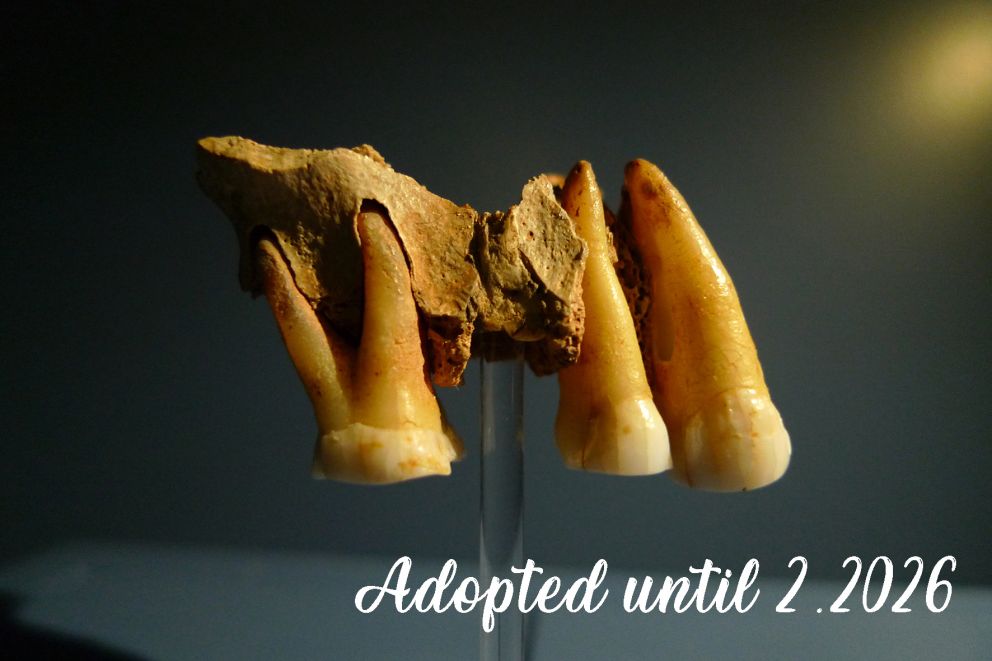
Psamtek's Royal Coffin
Psamtek's royal coffin as it is now known, is displayed in the centre of our Explorers Gallery. It was given to the Museum by Lady Leeds, daughter of Paris Singer, and it once resided in Oldway Mansion in Paignton. We don't know exactly how Lady Leeds acquired the coffin and mummified boy, but we know she was a fundraiser for the Egypt Exploration Society and cruised the Nile while holidaying at Alexandria in Egypt in the 1920s.
This beautiful New Kingdom coffin was made for a small boy, probably of royal birth. The Museum is incredibly lucky to have what is probably the finest Ancient Egyptian coffin in a regional museum in Britain, it would not be out of place in the Louvre in Paris or the British Museum.
Read More 


Hercule Poirot's Swan Cane
Of course we couldn’t leave out Torquay’s most famous daughter Agatha Christie. This silver swan walking stick with a shaft of black hardwood was used by David Suchet for over 20 years in his portrayal of Poirot in the ITV adaptations of the Belgian sleuth, the first episode being broadcasted in 1989. It was kindly loaned to the Museum by David Suchet in July 2013 and is now on display in the gallery.
Read More 

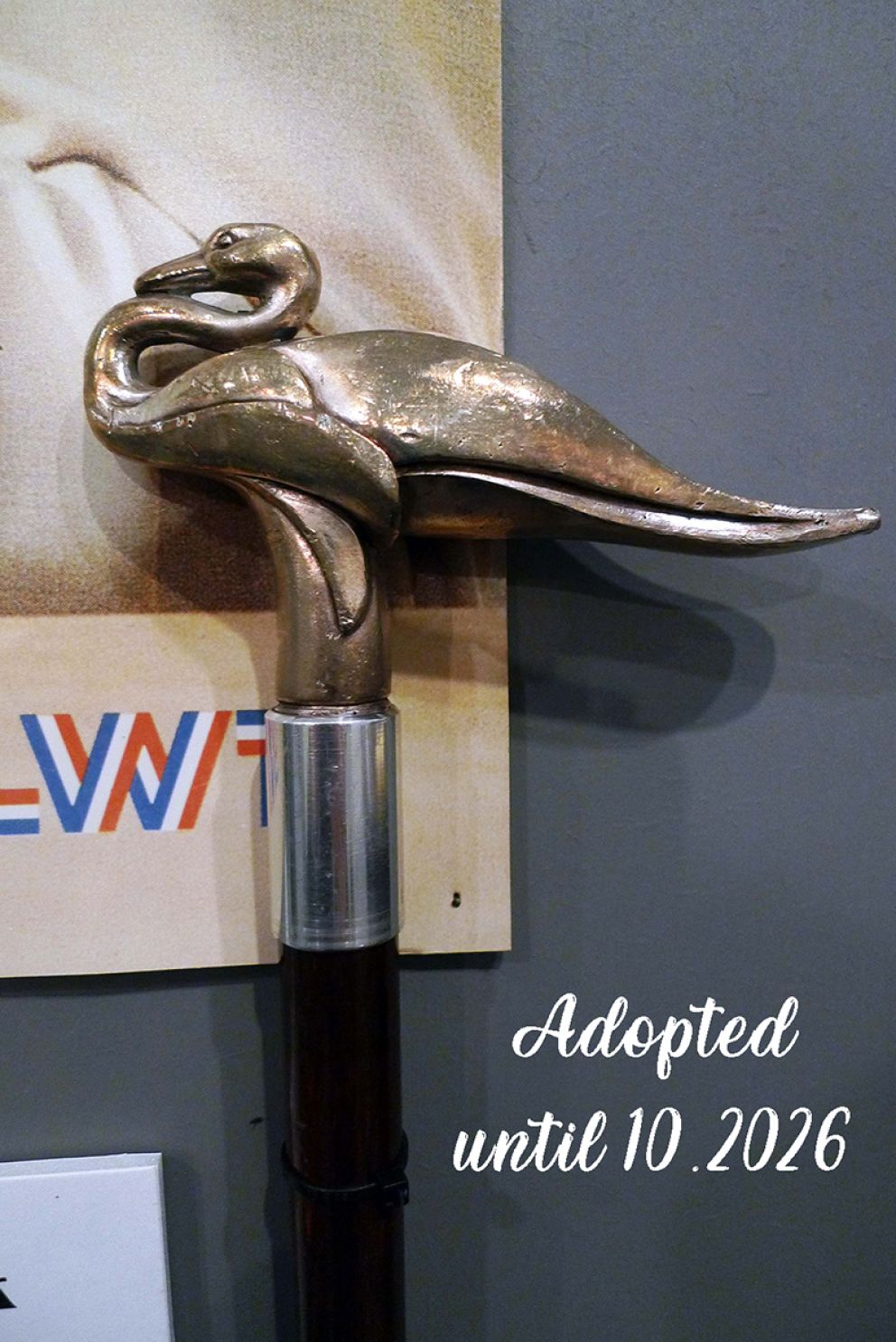
Support Torquay Museum
Did you know that whenever you buy anything online – from your weekly shop to your annual holiday – you could be raising free donations for Torquay Museum with easyfundraising? Find out how!
Stay Connected with Our Newsletter
Be the first to hear our latest news by signing up to our newsletter. Also don't forget to follow us on social media - @torquaymuseum.








